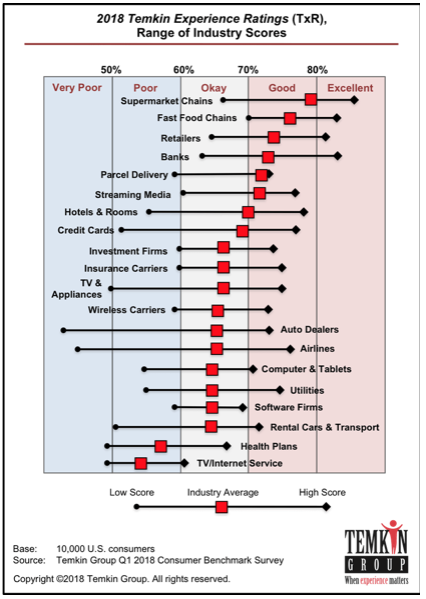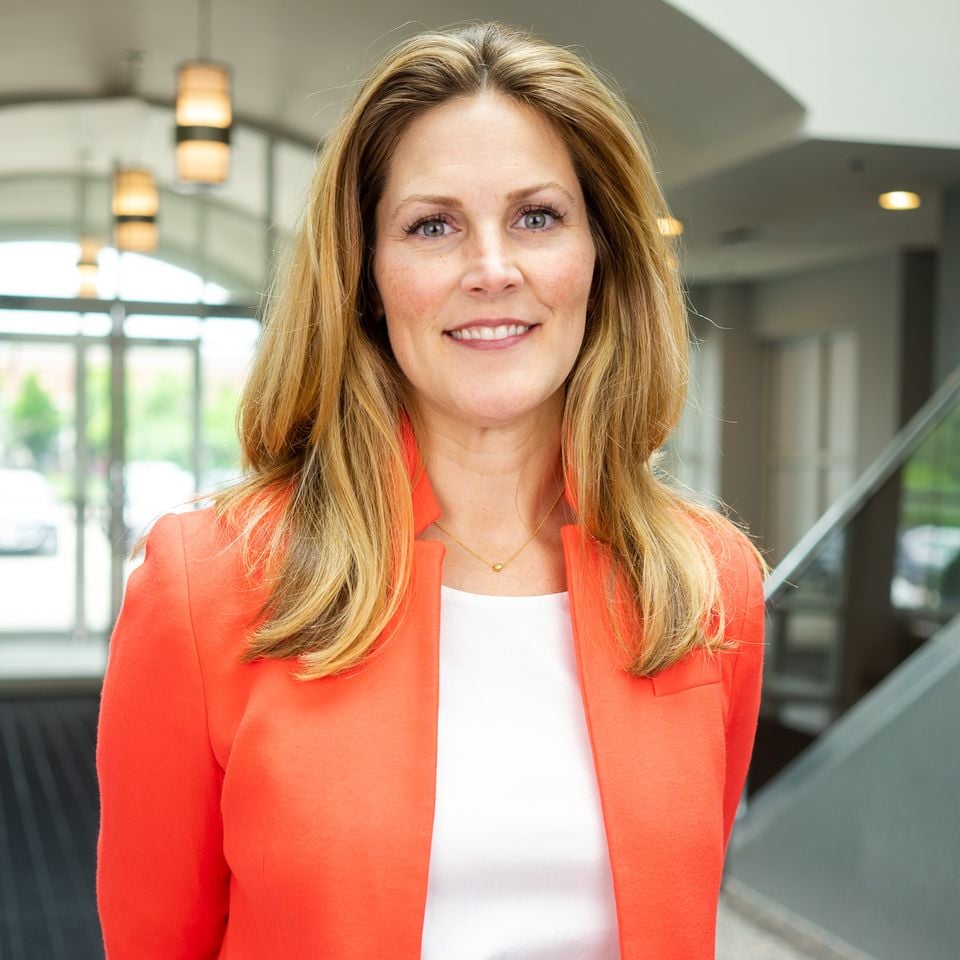3 Customer Experience Tips for Marketers to Reduce Churn
By: Jeanette McMurtry
Here’s the backdrop for our customer experience story. It takes most organizations months to onboard new employees to get them to full productivity. In fact, according to the Society for Human Resources Management, an effective onboarding program can take 12 months. (Opens as a PDF)
Onboarding, defined on Wikipedia as “organizational socialization,” is the process by which employees gain the knowledge and skills to succeed at their jobs, and assimilate into the culture of the organization, becoming valued and contributing members of the “tribe.”
Without carefully planned and executed employee onboarding programs, employee attrition goes up, and so does corporate waste, as it costs about nine months of an employees’ salary to terminate and start over again.
This same principle applies to customer loyalty and the very high cost of losing even just one customer. Yet it’s hard to find “onboarding” programs for customers that are as robust as those for employees. Even with the cost of losing a customer being much higher than the loss of a middle management employee. When you lose a customer, you lose not just the cost of acquiring that customer, you lose the next transaction you were counting on, and you lose their entire lifetime value, which can be pretty substantial in the B2B world.
This is where a carefully concerted and executed customer experience becomes mission-critical to any businesses’ success. Interestingly enough, Qualtrics-owned Temkin Group, which conducts regular customer experience rating studies, shows that customers’ satisfaction with brand experiences is dropping. Those rating customers' experiences as “good” or “excellent” has dropped to 38 percent, or 7 percent lower in 2018 than in 2017.

David Morris, CMO of Proformex, marketing advisor to Resilience Capital, and respected authority on SaaS marketing, has founded and led many businesses to exceptional growth by focusing on customer experience above all else. His mantra for success is really one simple step that if neglected could put any business out of business:
ONCE YOU GET A CUSTOMER, DO EVERYTHING IN YOUR POWER TO FURTHER ENGAGE THEM.
This simple mandate seems like one of those no-brainers for most of you reading this article; yet, if you really did an audit of your business, you’d likely find, like most businesses today, that many of your team members are so focused on getting more and more customers to meet those sales quotas that they are not all that engaged with whom they just sold.
Per Morris, “We spend thousands of dollars and huge amounts of time marketing to customers, and in some cases, a year or more to convert a lead to a customer. And then we lose a customer in a matter of months. When this happens, you spend a lot more money getting customers than you get back in revenue, and that is not a sustainable way to operate a business.”
To stop the craziness and profit bleeding from the above cycle, Morris suggests some simple tactics to re-engage customers through experiences that create the kind of partnerships and added values that take competitors and price out of the equation.
Make Sure Your Customers Are Actually Using Your Product
Nothing kills customer satisfaction ratings like customers who have not gotten around to using the products you sell them. Again, this sounds obvious. But it's not. Professionals often sign up for SaaS licenses, marketing tools, and systems that they don’t get around to using or put off when training becomes more timely than planned. And quite often, they never get around to telling you. So when it's time to renew, they go elsewhere.
Utilize the Tool of Face Time
And Morris doesn’t mean online. Get out to your customers office, take them to lunch, talk about the weather, sport teams, your kids. Just get out there and establish some positive energy in real time. In a world where time is one of the most valuable assets we have, giving time to someone is often more valuable than anything tangible you can offer. Customer satisfaction goes up when customers feel they are appreciated, valued and recognized for their achievements, roles and needs. Spending “real time” in the “real” vs. digital world is one of the strongest methods for building long-term customer relations, as Morris teaches his staff and uses himself.
Establish Reciprocal Transparency
Ask customers the tough questions, suggests Morris. And his definition of tough does not include, “What is your budget,” or “How quickly can you buy?” Tough to him includes, “How are we doing? What can we do better? How do we compare to others you’ve used? And how do we need to change to earn your loyalty?” Its tough when someone points out your failures and shortcomings, but until you face them and buck up to change them, you cannot succeed in securing customer loyalty, and frankly many other areas of business and life, in general.
Conclusion
To succeed in business today, you must have a plan for a customer journey that addresses every step of the way, every touchpoint, and is aligned with KPIs across your business. Creating customer journeys and experiences that result in customer satisfaction is really a simple process, as Morris points out. The key is commitment. Get commitment to a consistent process, experience and outcome for every customer, every day, vertically and horizontally within your organization. Start small, grow big and enjoy long-lasting relationships that generate sustainable revenue streams and strong ROMIs.


